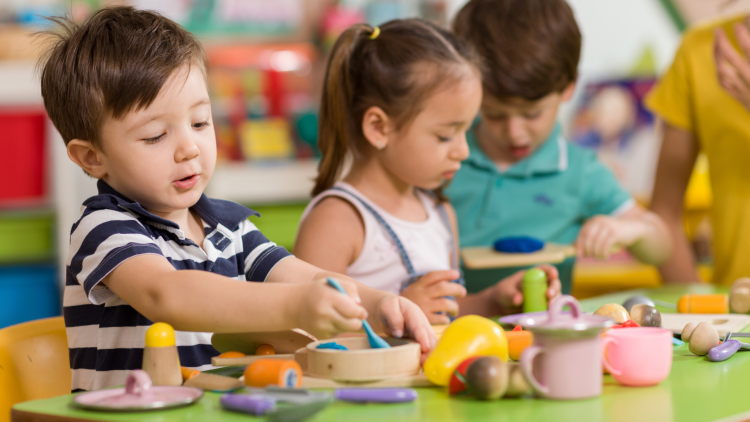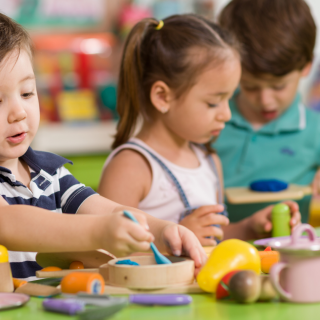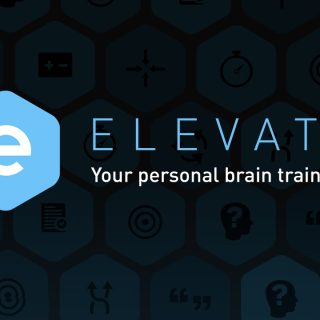Unleashing Potential Through Play
Play, the universal language of childhood, takes center stage in the realm of early childhood education through the Play-Based Education approach. This comprehensive exploration seeks to unravel the intricate layers of this pedagogical philosophy, tracing its roots, elucidating its principles, and examining the profound impact it has on the cognitive, social, and emotional development of children from infancy to kindergarten age. From the significance of play in learning to the dynamic interplay between structured and unstructured activities, we embark on a journey to understand how Play-Based Education fosters a holistic foundation for lifelong learning.
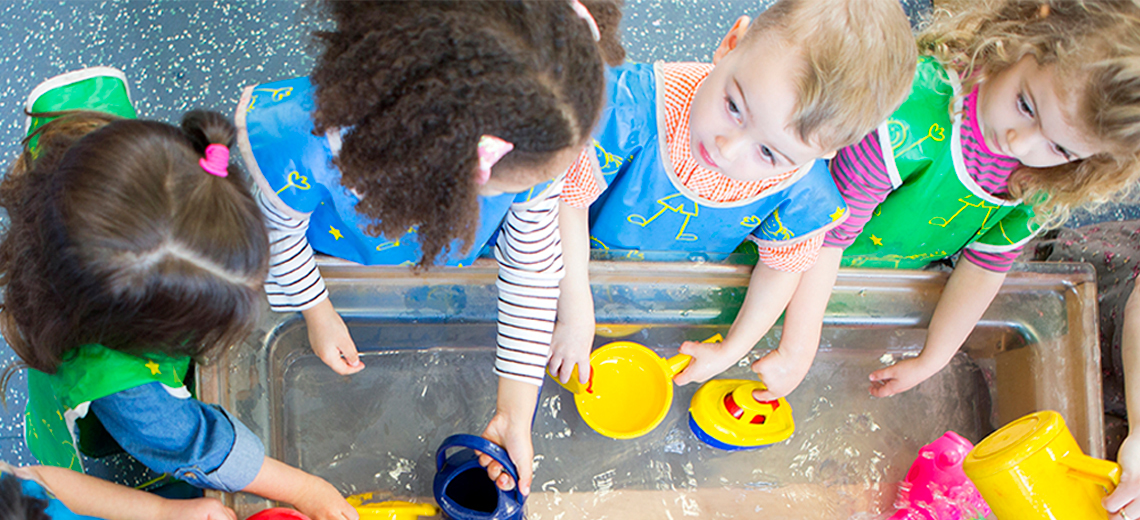
Chapter 1: Foundations and Historical Evolution
1.1 The Evolution of Play-Based Education
- Description: Play-Based Education has a rich history, with roots in progressive educational philosophies. This section explores the historical evolution of play-based approaches, highlighting key figures and movements that shaped its development.
1.2 Theoretical Underpinnings
- Description: The philosophy of Play-Based Education draws from various theoretical frameworks. This section delves into the foundational theories, including those of Jean Piaget, Lev Vygotsky, and Maria Montessori, that contribute to the understanding of play in learning.
1.3 Global Perspectives and Adaptations
- Description: Play-Based Education transcends cultural boundaries, adapting to diverse educational contexts globally. This section examines how different regions have embraced and tailored play-based approaches to align with local educational goals.

Chapter 2: Core Principles and Characteristics
2.1 Learning Through Play
- Description: At the core of Play-Based Education is the belief that play is a natural and powerful vehicle for learning. This section explores how play is intricately woven into the educational fabric, providing opportunities for exploration, discovery, and skill development.
2.2 Child-Led and Child-Centered Activities
- Description: Play-Based Education places a premium on child autonomy. This section delves into the importance of child-led activities, where children take the reins of their learning experiences, fostering independence and decision-making skills.
2.3 The Role of the Educator in Play-Based Settings
- Description: Educators in Play-Based Education serve as facilitators, guiding and supporting children’s play experiences. This section explores the dynamic role of educators in creating environments that stimulate learning through play.
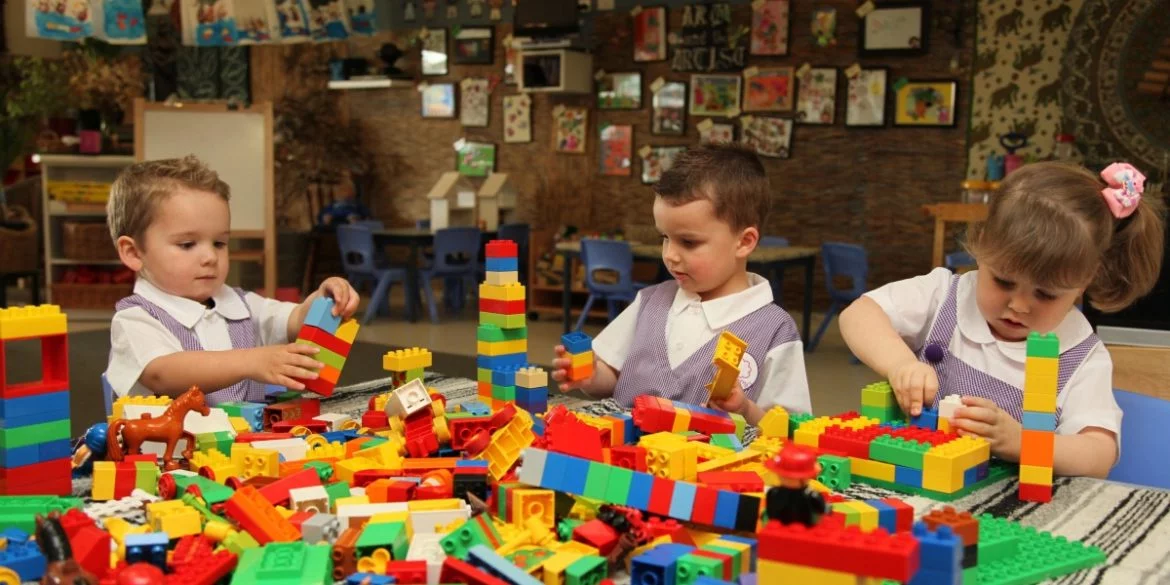
Chapter 3: Age-Appropriate Play in Early Childhood
3.1 Infancy: Sensory Play and Exploration
- Description: Play begins in infancy, with a focus on sensory exploration. This section outlines how play-based activities in infancy lay the foundation for cognitive and motor development through tactile experiences.
3.2 Toddlerhood: Imaginative Play and Socialization
- Description: Toddlers engage in imaginative play and begin to develop social skills through interactions with peers. This section explores how play-based education supports language development and emotional expression during this stage.
3.3 Preschool: Pre-Academic Skills and Creativity
- Description: Preschool years mark the emergence of pre-academic skills alongside creative play. This section examines how Play-Based Education supports cognitive development, numeracy, and literacy through playful activities.
3.4 Kindergarten: Preparation for Formal Learning
- Description: As children transition to kindergarten, play-based approaches continue to prepare them for formal learning. This section explores how structured play activities align with early academic expectations.
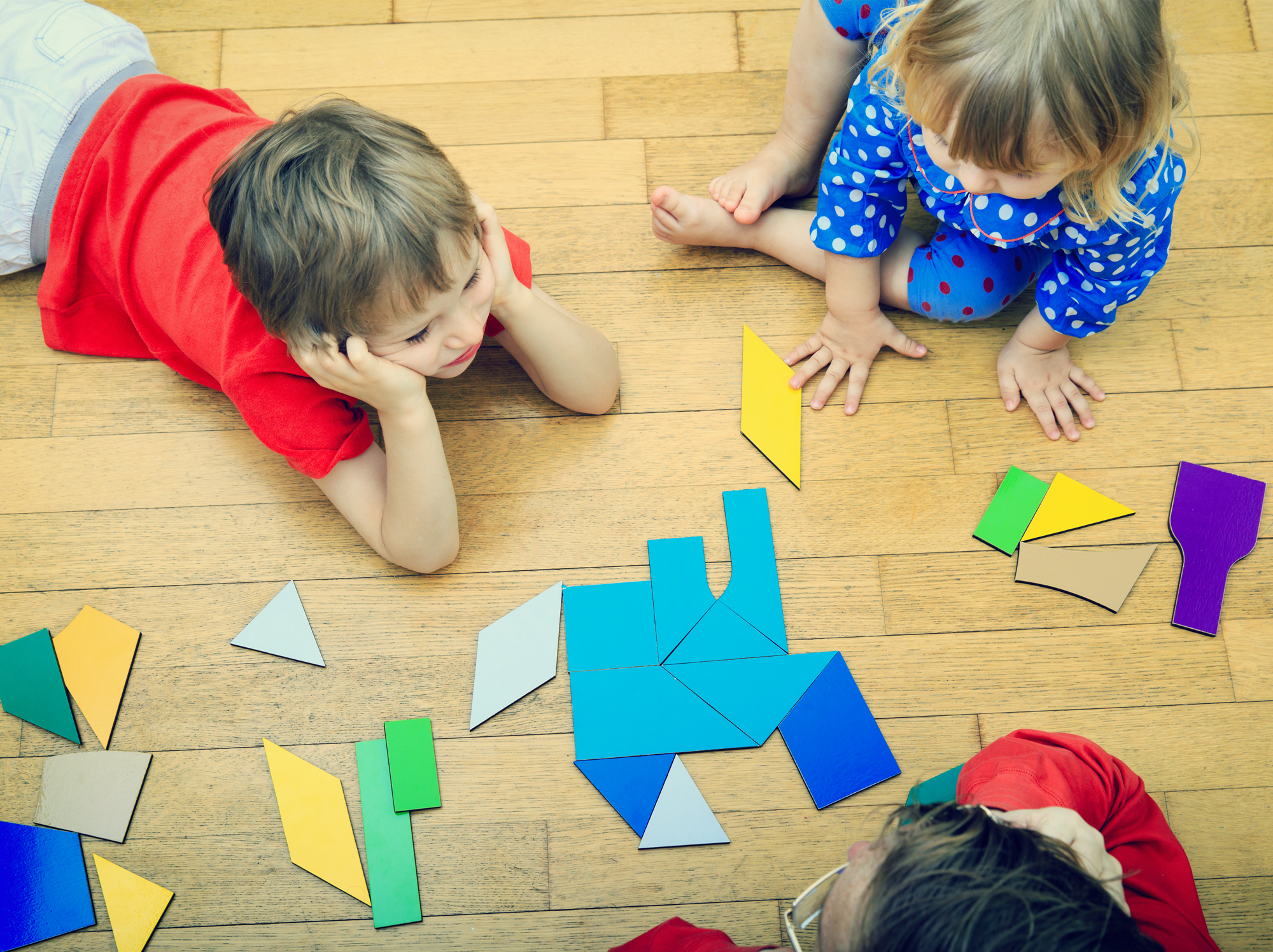
Chapter 4: Features of Play-Based Learning Environments
4.1 The Play Environment as the Third Teacher
- Description: The physical environment plays a crucial role in Play-Based Education, often referred to as the “third teacher.” This section explores how learning spaces are intentionally designed to inspire curiosity and exploration.
4.2 The Role of Materials and Resources
- Description: Play-Based Education relies on a rich array of materials and resources. This section examines the importance of diverse play materials in stimulating creativity, problem-solving, and critical thinking.
4.3 Outdoor Play and Nature-Based Learning
- Description: Nature provides a dynamic backdrop for play-based learning. This section explores the benefits of outdoor play and nature-based activities in fostering a connection with the natural world.
Chapter 5: Assessment and Evaluation in Play-Based Settings
5.1 Play-Based Assessment Strategies
- Description: Assessment in Play-Based Education goes beyond traditional methods. This section explores how educators use observation, documentation, and portfolio assessment to capture the diverse ways children demonstrate learning through play.
5.2 Family Involvement in Play-Based Assessment
- Description: Family engagement is integral to play-based assessment. This section explores how educators collaborate with families, sharing insights and celebrating children’s progress through play.
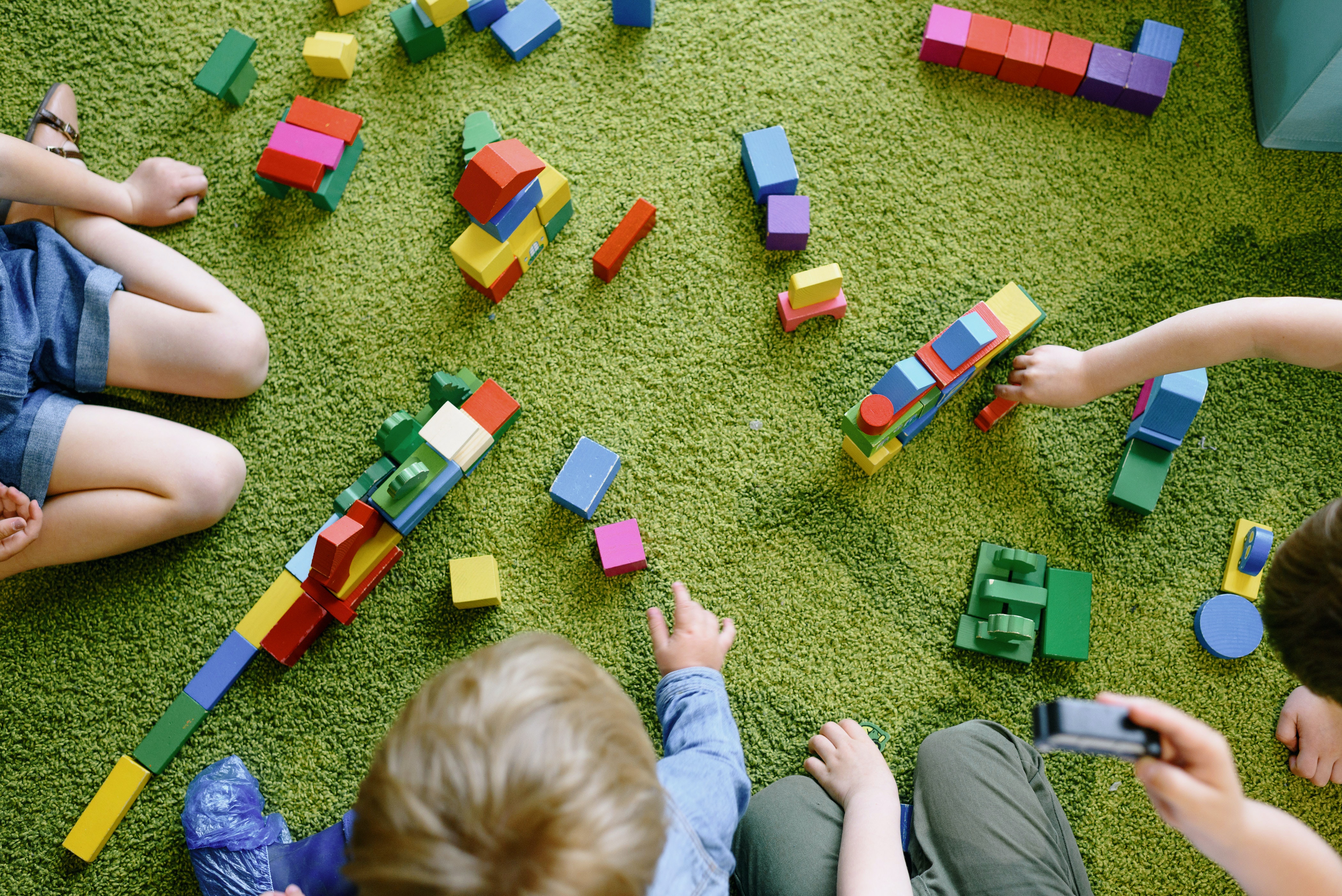
Chapter 6: Challenges and Considerations
6.1 Balancing Structure and Freedom in Play
- Description: Play-Based Education navigates a delicate balance between providing structure and allowing freedom in play. This section addresses the challenges educators face in creating environments that support both.
6.2 Addressing Diversity and Inclusivity
- Description: Inclusivity is a key consideration in Play-Based Education. This section explores how educators address diversity in play settings, ensuring that all children feel represented and valued.
Chapter 7: Professional Development and Training for Play-Based Educators
7.1 Building Play-Based Pedagogy Competencies
- Description: Educators in Play-Based settings require specific competencies. This section examines professional development opportunities and training programs aimed at enhancing educators’ understanding of play-based pedagogy.
7.2 The Role of Reflective Practice
- Description: Reflective practice is vital for play-based educators. This section explores how educators engage in ongoing reflection to refine their play-based approaches, respond to children’s needs, and foster continuous improvement.
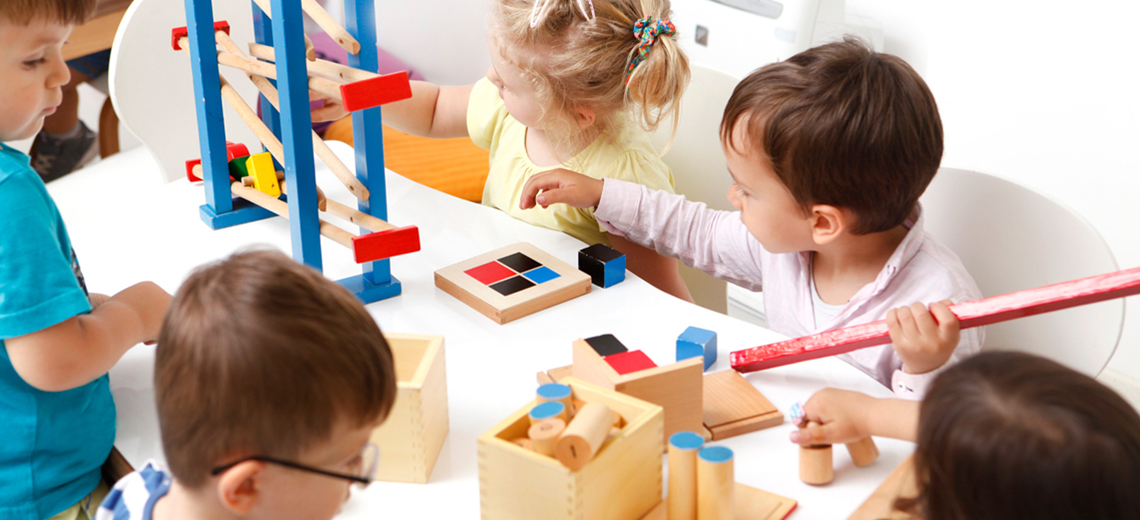
Chapter 8: Research and Efficacy of Play-Based Education
8.1 Research Findings on Play and Learning
- Description: Play-Based Education has a robust research base supporting its efficacy. This section reviews key research findings that underscore the positive impact of play on various aspects of children’s development.
8.2 Long-Term Outcomes and Educational Transitions
- Description: Research extends to long-term outcomes and how play-based foundations contribute to children’s success in subsequent educational transitions. This section explores the lasting impact of play-based approaches.

Conclusion:
In the kaleidoscope of early childhood education, Play-Based Education emerges as a vibrant spectrum where every playful interaction becomes a stepping stone for learning. As we navigate through the principles, practices, and impacts of Play-Based Education, it becomes evident that play is not just an activity; it is the language through which children express, explore, and comprehend the world. Through this comprehensive exploration, Play-Based Education stands not merely as an approach but as a celebration of the innate curiosity and boundless potential that unfolds when children engage in the pure joy of play.

